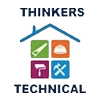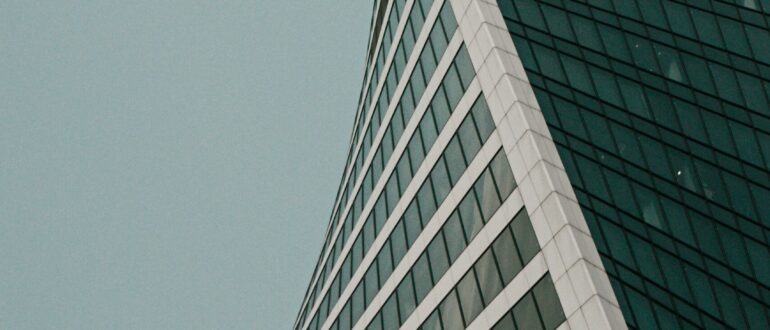Over the years, the concept of the office has evolved significantly. From traditional cubicles to open-plan spaces, the modern office has undergone numerous changes to adapt to the needs and preferences of employees and employers alike.
The Traditional Office
In the past, offices were typically structured with individual cubicles or small offices for each employee. This layout provided privacy and minimized distractions, but it also created a sense of isolation and hindered collaboration.
Employees were often confined to their own spaces, limiting interaction and communication with colleagues. This setup was suitable for tasks that required deep focus and concentration, but it lacked the flexibility and agility needed for today’s fast-paced work environments.
The Rise of Open-Plan Offices
In recent years, open-plan offices have gained popularity as a way to foster collaboration and teamwork. These layouts feature large, open spaces with minimal partitions or barriers between workstations.
The idea behind open-plan offices is to encourage interaction and communication among employees, facilitating the exchange of ideas and knowledge. This setup also promotes a sense of equality and transparency, as everyone is visible and accessible.
However, open-plan offices have faced criticism for their potential drawbacks. The lack of privacy and constant noise can be distracting, making it difficult for individuals to concentrate on their work. Additionally, the absence of physical barriers can lead to a lack of personal space and increased interruptions.
Flexible Workspaces
Recognizing the limitations of both traditional and open-plan offices, many companies have embraced the concept of flexible workspaces. These environments offer a variety of work settings, including individual workstations, collaborative areas, and quiet zones.
Flexible workspaces allow employees to choose the type of space that best suits their needs at any given time. Some tasks may require solitude and focus, while others may benefit from collaboration and brainstorming sessions. By providing a range of options, companies can accommodate different work styles and preferences.
These spaces often incorporate elements of biophilic design, which incorporates natural elements such as plants and natural light to create a more pleasant and productive work environment. Research has shown that exposure to nature can improve well-being and boost productivity.
The Impact of Technology
One of the key drivers behind the evolution of the modern office is technology. The advent of laptops, smartphones, and cloud computing has made it possible for employees to work from anywhere, blurring the lines between the office and remote locations.
Remote work and flexible schedules have become more prevalent, with many companies adopting a hybrid approach that combines in-person and remote work. This shift has necessitated the creation of office spaces that support collaboration and connectivity, even when employees are not physically present.
The Future of the Office
As technology continues to advance and work preferences evolve, the future of the office is likely to be a blend of physical and virtual spaces. Virtual reality and augmented reality may play a more significant role in enabling remote collaboration, while physical offices may become more focused on providing amenities and spaces for socialization and networking.
Additionally, the COVID-19 pandemic has accelerated the adoption of remote work and highlighted the importance of flexible and adaptable office spaces. Companies are reevaluating their office layouts and considering solutions that prioritize health and safety while still promoting collaboration and productivity.
In conclusion, the modern office has come a long way from its traditional roots. From cubicles to open-plan spaces and flexible workspaces, the office has adapted to the changing needs of employees and the advancements in technology. As we look to the future, it is clear that the office will continue to evolve, embracing new technologies and design concepts to create environments that foster productivity, collaboration, and employee well-being.




Comments 0